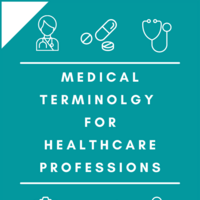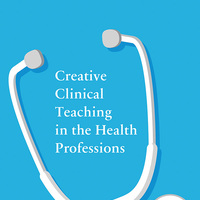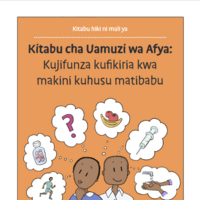Search
Books+
Searching 1,730 books
Search related to the career Medical Transcriptionist
Role of a Medical Transcriptionist
A medical transcriptionist plays a crucial role in the healthcare industry by converting audio recordings of medical professionals into written documents. Their primary responsibility is to transcribe medical reports, notes, and other dictations accurately and efficiently. Here are the key aspects of their role:
1. Transcribing Medical Documents:
Medical transcriptionists listen to audio recordings made by healthcare professionals and transcribe them into written reports. These recordings may include patient histories, physical examinations, diagnostic tests, treatments, and other medical information. They must have excellent listening skills and a strong understanding of medical terminology to ensure accurate transcription.
2. Ensuring Accuracy and Quality:
Maintaining accuracy is crucial in medical transcription. Transcriptionists must carefully review and edit their work to ensure that the transcribed documents are error-free and comply with industry standards. They may need to research medical terms and procedures to ensure proper spelling and usage.
3. Formatting and Editing:
Medical transcriptionists are responsible for formatting and organizing the transcribed documents. They must follow specific guidelines and templates provided by healthcare facilities or transcription companies. They also edit the documents for grammar, punctuation, and clarity, making them easily understandable for healthcare professionals.
4. Maintaining Confidentiality:
Medical transcriptionists handle sensitive patient information, so they must adhere to strict confidentiality and privacy regulations, such as the Health Insurance Portability and Accountability Act (HIPAA). They must ensure that patient data remains secure and protected throughout the transcription process.
5. Collaborating with Healthcare Professionals:
Medical transcriptionists often work closely with healthcare professionals, such as doctors, nurses, and other medical staff. They may need to communicate with them to clarify unclear dictations or seek additional information. Effective communication and collaboration are essential for accurate transcription.
6. Utilizing Technology:
Medical transcriptionists use specialized software and tools to transcribe and edit documents efficiently. They may work with speech recognition software, word processing programs, and electronic health record (EHR) systems. Familiarity with these technologies is necessary to perform the job effectively.
In summary, a medical transcriptionist plays a vital role in converting audio recordings into accurate and well-organized written documents. Their attention to detail, knowledge of medical terminology, and adherence to confidentiality ensure the quality and integrity of medical records.
Source: Various AI tools
Searched in English.



















